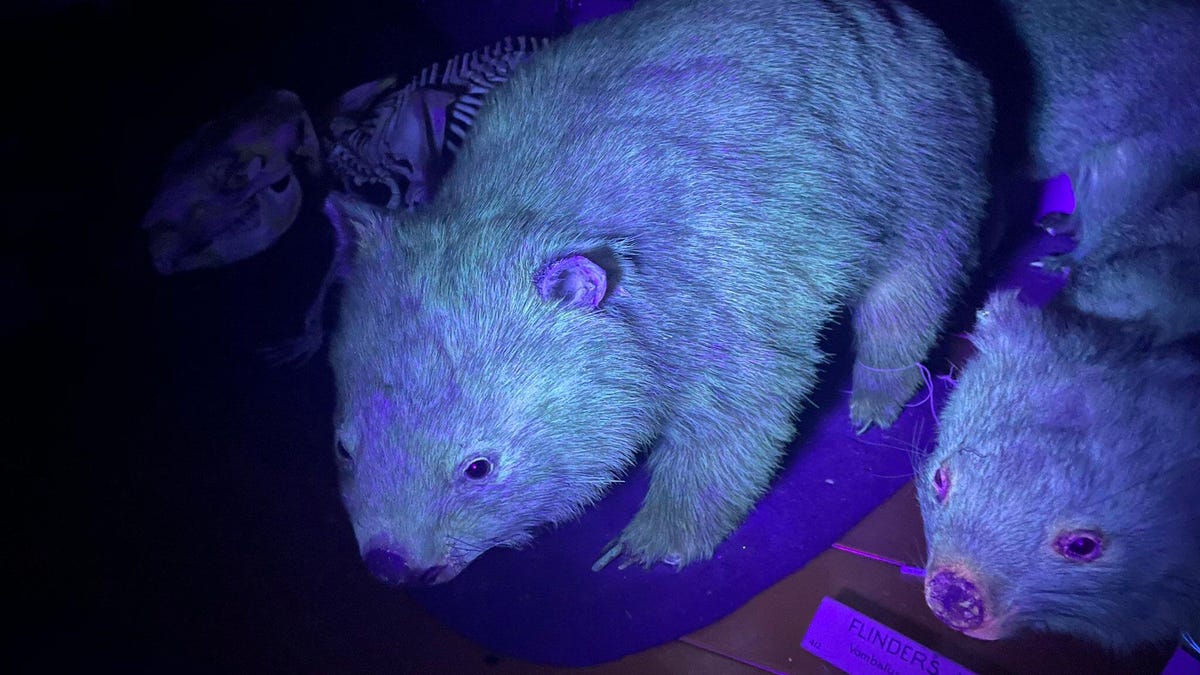Scientists accidentally discover Australian marsupials glow in the dark
A glow up for some of Australia's most unique creatures.

Wombats were discovered to glow under UV light.
Australian fauna is known for being some of the most dangerous and volatile on the planet. Spiders, snakes and sharks abound, not to mention the box jellyfish and a whole host of creepy crawlies. But stress less -- if thinking about them conjures feelings of doom and gloom, perhaps this will brighten your mood.
In October, a group of US scientists published a study in Mammalia showing the humble Australian platypus glows in the dark. In light of that discovery, scientists at the Western Australian Museum have conducted further tests to discover even more Australian mammals and marsupials glow too.
According to the Australian Broadcasting Corporation, after reading the original study the curator of Mammalogy at the Western Australian Museum, Kenny Travouillon, borrowed a ultraviolet (UV) light to check the validity of the claims himself.
"We borrowed it and turned off the lights in the collection and looked around for what was glowing and not glowing," Travouillon told the ABC. "The first one we checked was the platypus obviously. We shone the light and they were also glowing, it confirmed the research."
The team then examined other specimens to see if the glowing trait extended to other marsupials. Upon trying the light on marsupial moles, bilbies and wombats, the experiment was again successful.
After platypus was shown to glow under UV light, couldn’t resist trying bilbies... their ears and tails shine bright like a diamond! #bilby #uv pic.twitter.com/wL82RDdFYb
— Kenny Travouillon (@TravouillonK) November 3, 2020
As for why they glow in the dark, we're still not 100% sure. Travouillon speculates it might simply be a case of identifying fellow members of their species in the dark, as the bulk of the specimens that glowed were nocturnal.
"The benefit is probably so they can see their species from a distance and they can approach them because they know that it is safe to go towards that animal," he told the ABC.
Whatever the reason, shine on you crazy mammals.

